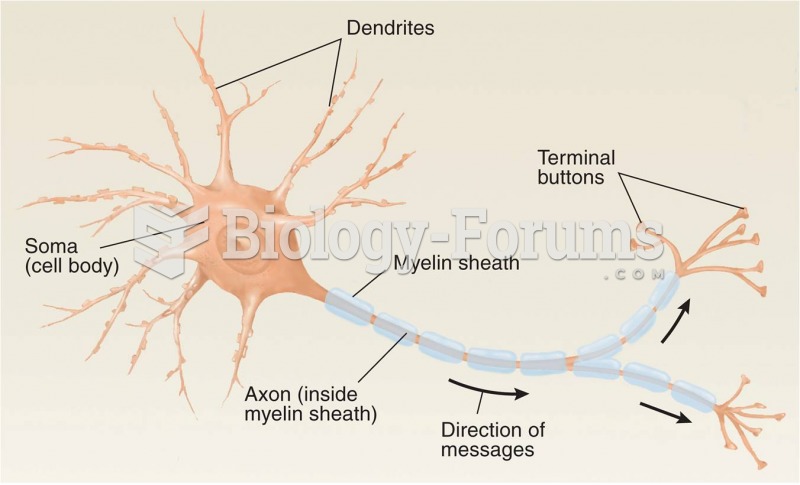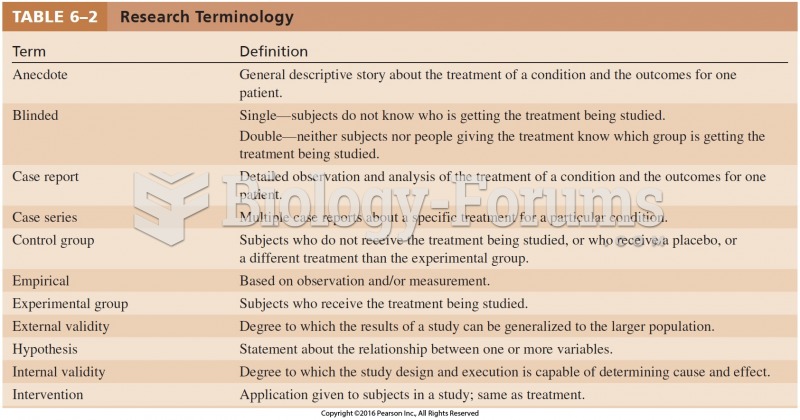Answer to Question 1
ANS: C
Triangulation is the combined use of two or more theories, methods, data sources, investigators, or analysis methods in the study of the same phenomenon. There is concern that triangulation will be used in studies for which it is not appropriate. An additional concern is that the popularization of the method will generate a number of triangulated studies that have been poorly conducted. With methodological triangulation, both data collection and data analysis are more time-consuming, because essentially two closely related studies are conducted simultaneously or in close succession. These strategies require many observations and result in large volumes of data for analysis. The results are no more difficult to understand than are the results of any study. Most doctorally prepared researchers have both quantitative and qualitative preparation; however, because researchers tend to acquire their research training within a particular research tradition, attempts to incorporate another research tradition may be poorly achieved. Publication opportunities are increased with triangulated research, since quantitative and qualitative portions of the study are often published separately.
Answer to Question 2
ANS: A, B, E
A highly publicized example of unethical research was a study conducted at the Jewish Chronic Disease Hospital in the 1960s. Its purpose was to determine the patients' rejection responses to live cancer cells. Twenty-two patients were injected with a suspension containing live cancer cells that had been generated from human cancer tissue. An extensive investigation of this study revealed the patients were not informed that they were taking part in research or that the injections they received were live cancer cells. In addition, the Jewish Chronic Disease Hospital Institutional Review Board never reviewed the study; even the physicians caring for the patients were unaware that the study was being conducted. In addition, the principle of beneficence requires the researcher to do good and above all, do no harm.







